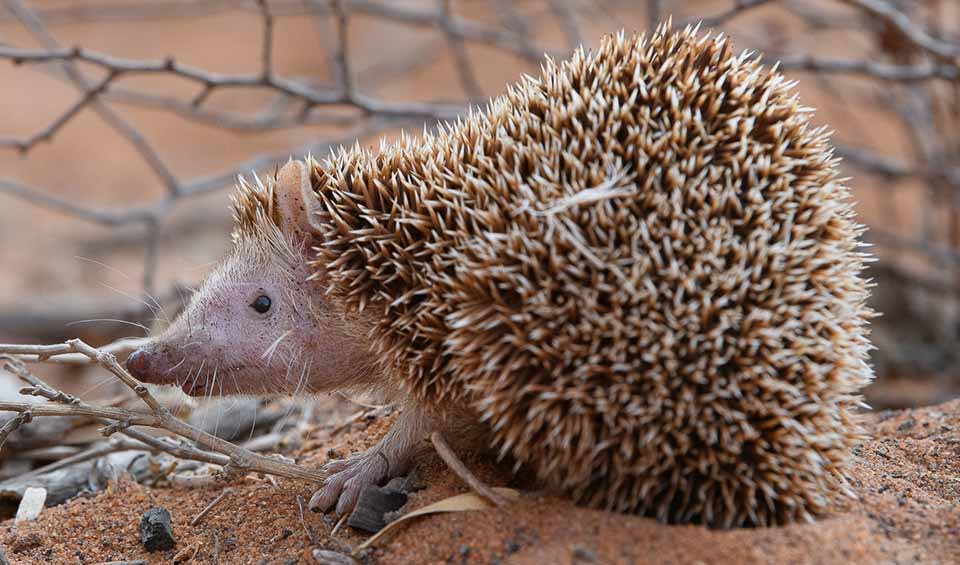Tenrecidae – Tenrecs
If they could speak, the first thing that probably would come out of their mouth would be: “we are not hedgehogs”
A distinctive and eclectic group of mammals primarily found in Madagascar and the Comoros Islands, showcasing an extraordinary example of adaptive radiation—a process where a single ancestral species diversifies into a wide array of species adapted to different ecological niches. This family’s members exhibit an astonishing range of physical appearances, with some resembling hedgehogs, opossums, shrews, rats, or mice, and others appearing as if they’ve stepped out of a prehistoric era or even from another world.
Tenrecs are a testament to the evolutionary creativity that isolation on islands like Madagascar can foster. Despite their varied appearances, most tenrecs share common traits that have enabled them to thrive in diverse habitats. They are predominantly nocturnal, taking advantage of the cooler temperatures and darkness to avoid predators and search for food. Their diet is primarily omnivorous, with invertebrates forming a significant portion of their intake, although some species also consume plant matter, small vertebrates, and eggs.
One of the tenrecs’ most notable adaptations to their environment is their semiaquatic nature. Certain species, such as the web-footed tenrec (Limnogale mergulus), have evolved specialized limbs for swimming, enabling them to exploit aquatic environments for feeding and habitat. This diversity in lifestyle among tenrec species underscores their wide range of ecological niches.
Despite their generally poor eyesight, tenrecs have evolved highly sensitive whiskers (vibrissae), crucial in their navigation and hunting strategies. These whiskers allow tenrecs to detect minute vibrations in their environment, compensating for their visual shortcomings by providing detailed spatial information and aiding in detecting prey.
Social behavior among tenrecs varies significantly across species. While many tenrecs lead solitary lives, only coming together for mating, others exhibit more social behaviors. For instance, the lesser hedgehog tenrec (Echinops telfairi) can live in small family groups, and some species are known to hibernate in communal nests.
Genera in this family
Often referred to as “hedgehogs” due to their spiny appearance, but they are not closely related to true hedgehogs
Small and spiky but not a hedgehog, and definitely not a rat
Has extremely sensitive auditory senses that are capable of locating prey that is as small as a termite
Got their common name due to their resemblance to otters and shrews, but not true otters nor shrews





